#swanenburgh
Explore tagged Tumblr posts
Text
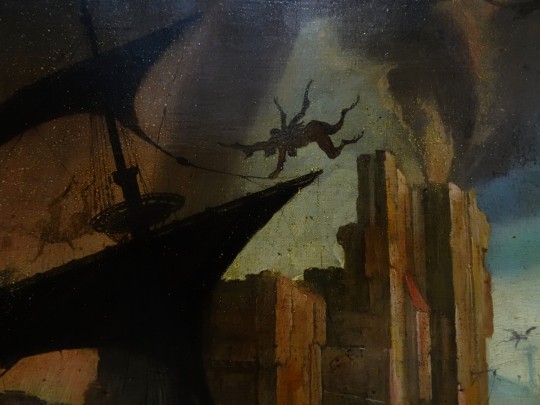
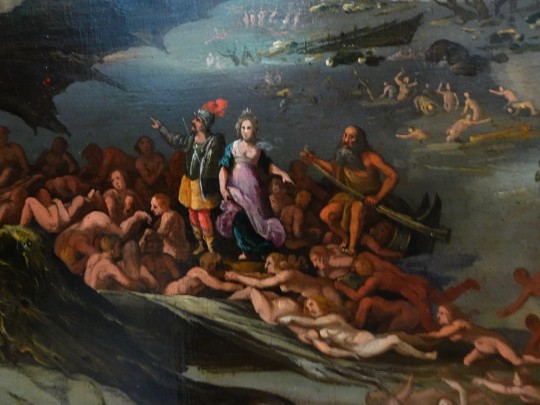
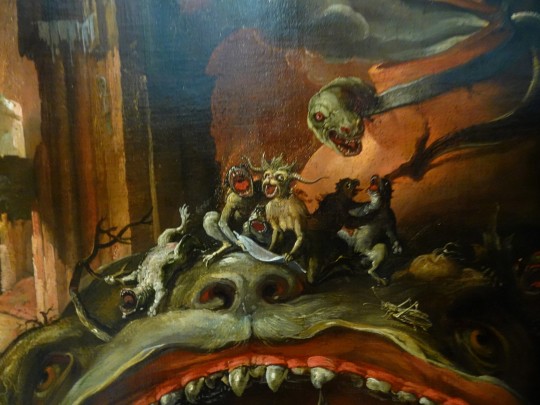
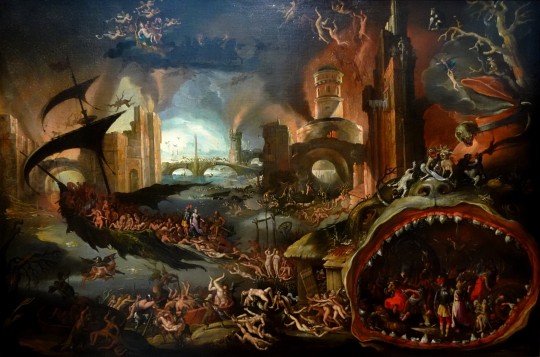
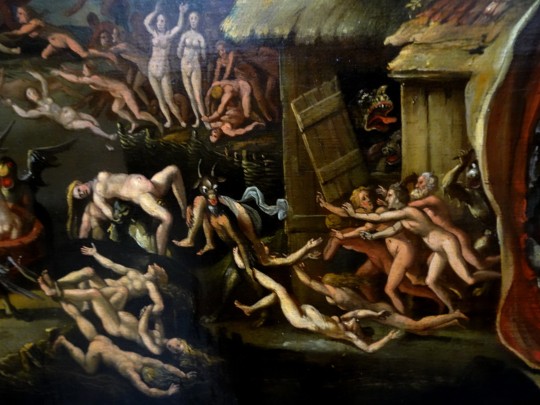
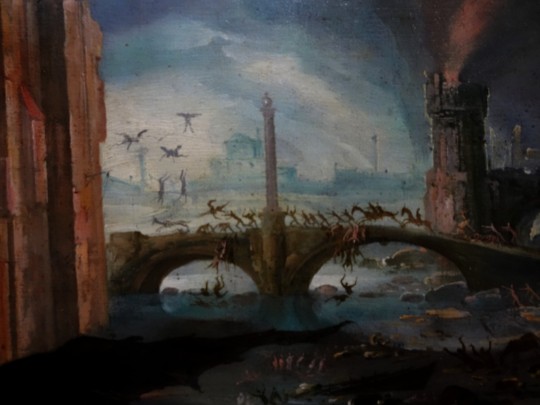

Louvre-Lens : il y a une expo : "Mondes souterrains : 20.000 Lieux sous la terre".
Ici : Jacob Isaacz Van Swanenburgh : "Enée conduit par la Sibylle aux Enfers" - 1600-1634
#louvre-lens#mondes souterrains#20.000 lieux sous la terre#swanenburgh#jacob isaacz van swanenburgh#monstre#enfer#enfers#diable#démon#sybille#énée#charon#styx
11 notes
·
View notes
Text

4 notes
·
View notes
Text

1 note
·
View note
Text
Mini history rant (source: my recollection of Tulipomania by Mike Dash)
Okay so
During the whole Tulip Mania, there was a need to show people what bulbs would grow into, because bulbs are bland and boring and often look the same, and you don’t want to sell tulips in full bloom because that is a foolish idea. So what people would do would be to make “tulip books” that would show what a blooming flower looks like and the name of the flower. Most didn’t have prices because sellers liked profiling their customers for how much they could charge. That last bit isn’t necessary information but I found it interesting.
Now, tulip books would need to have art from artists around. Most of them were on a case by case basis, so commissions were common. Because artists have always been willing to do whatever so that they can do what they are passionate about, and because people treat artists like shit, they were paid horribly for it!
Do y’all know Rembrandt? Well, the guy who taught Rembrandt, Jacob van Swanenburgh, did a bunch of these tulip book works! About 133, if my memory serves.
Do ya wanna know how much he got paid for each of them?
6 stuivers a piece.
That was worth less than a loaf of bread.
Anyway moral of the story: treat artists better
10 notes
·
View notes
Text

Fall of Satan and the Rebel Angels from Heaven (oil on silvered copper)
Artist: Jakob Isaaksz Swanenburgh
1 note
·
View note
Link
0 notes
Text

Jacob Isaacsz van Swanenburgh, Aeneas Taken by the Sibyl to the Underworld, 17th century. Detail.
#jacob isaacsz van swanenburgh#art#painting#xvii century#underworld#demons#prequelle art inspiration#ghost band#i spotted godzilla on the right#just kidding
6 notes
·
View notes
Photo

Aeneas taken by the Sibyl to the Underworld Jacob van Swanenburgh
13 notes
·
View notes
Text
Roos op ruïne: natuur in mensenwerk
Roos op ruïne: natuur in mensenwerk
Piranesi (1720-1778, Mogliano Veneto, Italia) liet zich bij het tekenen van kerkers inspireren door ruïnes. Ruïnes: zij zijn op hun wijze een geheel in beweging, een wording die is na te gaan, een samenspel van mensenwerk en natuur, dat niet alleen zijn eigen bekoring bezit, waarvoor de 18-de eeuwers zo gevoelig waren, maar zelfs zijn eigen orde in chaos. Deze orde is van een aard die ons dwingt…

View On WordPress
#17-de en 18-de eeuws#Belisario Corenzio#Didier Barra#François de Nomé#Italia#Jacob van Swanenburgh#klassieke oudheid#Monsu Desiderio#Piranesi#Pompeii#Rembrandt#ruïnes
1 note
·
View note
Photo

Abraham Vinck - Portrait of Johannes Hochedaeus a Vinea, pastor of the Walloon Church in Amsterdam -
Abraham Vinck or Abraham Willemsz. Vinck (Antwerp, 1574/1575 – Amsterdam, 1619) was a Flemish painter and art dealer who spent most of his life and career outside of Flanders, including in Hamburg, Naples and Amsterdam. He is mainly known as a portrait painter but also practised in many other genres including history painting, mythological scenes, fruit and fish still lifes and market scenes. He was also a copyist who created copies after the great masters. He is now mainly known for being the co-owner together with his Flemish colleague and business partner Louis Finson of two paintings by Caravaggio.
Vinck was born in Antwerp in 1574 or 1575 near the St Dominic Convent as son of the merchant Willem Vinck (died before 1602) and Catarina Buichi (died 1602). In the past it was believed that he was born in Hamburg. Recent research has shown that he was born in Antwerp. He had a younger brother called Cornelis.
It is not clear with whom or whether he studied art in Antwerp as he is not mentioned in the records of the Antwerp Guild of Saint Luke. He travelled in 1589 to Hamburg with his younger brother Cornelis. Here they soon met the prominent Dutch painter Jacob Isaacsz. van Swanenburg. He travelled to Naples around 1598. Jacob Isaacsz. van Swanenburg had already taken up residence in Naples around 1596. In Naples Abraham married Vittoria Obbekens Albartsdr (also referred to as Victoria Obbekens, Obekinck or Obis) on 29 January 1602. Although his wife was born in Maddaloni, Italy, her family name indicates that she was of Flemish descent. Her father was called Albert Obekinck. Witnesses at the wedding were Jacob Isaacsz. van Swanenburgh and Abraham's brother Cornelis. A daughter Margaritha (or Margriet) was born from this marriage in 1602 or 1603.
Archival records reveal that in Naples he received commissions from prominent patrons between 1600 and 1608. None of his works from his period of activity have been located. In a letter written to Antonio Ruffo dated 1673, the art dealer Giacomo de Castro mentions that Vinck was a famous portrait painter residing in Naples who was Flemish and a very close friend of Caravaggio ('amicissimo di Caravaggio'). Abraham Vinck was in Naples also a friend and business partner of Louis Finson, a Flemish painter and art dealer from Bruges. Together with Louis Finson he owned two works of Caravaggio: the Virgin of the Rosary (now in the Kunsthistorisches Museum, Vienna) and a painting of Judith beheading Holofernes which certain scholars believe to be the work that was discovered in the attic of a private home in Toulouse in 2014.
By 1609 Vinck had left Naples and was recorded in Amsterdam. His son Abraham was baptized on 30 May 1610 in the Oude Kerk in Amsterdam. This makes clear that despite his stay in Italy and marriage to an Italian bride, he was of the Calvinist faith. The witness at the baptism was Anna de Morimont, originally from Antwerp and wife of Charles Coorne, originally from Ghent.
Art historian Marijke Osnabrugge believes that Abraham Vinck briefly returned to Naples in 1615 and again between 1617 and 1618. However, the Italian art historian Giuseppe Porzio has pointed out that another painter also named Abraham Vinck (or Vinx), who was somewhat younger, worked in Napels in the 1610s. This painter created an altarpiece for the Seminario Arcivescovile in Aversa which he signed.
On 4 September 1616, Vinck was a witness at the baptism of Thomas van Nieulandt, a son of the painter Adriaen van Nieulandt. He was the landlord of Louis Finson in 1616–1617 who rented from him a residence on the Oudezijds Voorburgwal in Amsterdam, which the artists may have shared. This shows that the artist had become wealthy. Another proof of his wealth is his later place of residence in Amsterdam. In 1619 he lived on the Fluweelenburgwal near the Varkenssluis, which was traditionally one of the elegant canals.
He died in Amsterdam where he was buried on 28 October 1619.
29 notes
·
View notes
Photo











Hannibal NBC, Sakizuke / Claude- Nicolas Ledoux, Coup d’oeil du théâtre de Besançon,1804 / Pannill Camp, “Ocular Anatomy, Chiasm, and Theatre Architecture as a Material Phenomenology in Early Modern Europe”, Anatomy Live / Willem Swanenburgh, The anatomical theatre of Leiden University, early 17th century / Ian Maxwell, “‘Who Were You?’: The Visible and the Visceral”, Anatomy Live / Jacques Gondoin, Académie de Chirurgie. Une leçon dans le grand amphithéâtre de l’académie de Chirurgie,1780 / Sermons of Meister Eckhart via @wangjjs
#my brain is filled with bees at all times and It shows#hannibal#parallels#anatomy live#web weaving#no to be we are all just trying to be holy but#we are all just trying to be holy#mine
88 notes
·
View notes
Photo

Hell (detail). Jacob Isaacsz. van Swanenburgh (1571-1638) • via Bibliothèque Infernale on FB
44 notes
·
View notes
Photo

The Harrowing of Hell Demon detail Jacob Isaacsz. van Swanenburgh
180 notes
·
View notes
Photo

Hell, Jacob Isaacsz Swanenburgh, 17th century, Harvard Art Museums: Drawings
Harvard Art Museums/Fogg Museum, Gift of Belinda L. Randall from the collection of John Witt Randall Size: 52.0 x 60.0 cm (20 1/2 x 23 11/16 in.) Medium: Black ink, gray wash and white opaque watercolor on cream antique laid paper, prepared with light brown wash.
https://www.harvardartmuseums.org/collections/object/298543
1 note
·
View note

